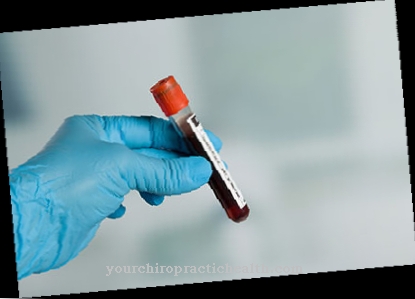In the Cyst liver (PCLD - polycystic liver disease) is a rare liver disease in which the liver is covered with cysts (cavities filled with fluid). Gene mutations on chromosomes 6 and 19 are known to be the cause of cyst liver, so that cyst liver is a hereditary disease. A cyst liver should not be confused with a liver cyst.
What is the cyst liver?
A Cyst liver is a usually congenital malformation of the liver. The organ is riddled with cysts. In contrast to the much more common liver cysts, the cyst liver is a very rare disease that is often genetic.
The disease is characterized by slow, progressive expansion of the liver and possible changes in the abdomen. The cyst liver is generally a benign disease that occurs primarily in women over the age of 40.
causes
As the most common cause of the Cyst liver The so-called autosomal dominant inherited polycystic kidney disease (short: ADPKD) comes into consideration.
Around 58 percent of all affected patients developed cyst liver by the age of 20, 85 percent by the age of 30 and 95 percent by the age of 40. Cyst liver is also usually seen in ADPKD, with polycystic kidney disease occurring more frequently than autosomal dominant hereditary polycystic liver disease. In ADPKD there is a deterioration in kidney function due to the cystic remodeling of the kidney tissue.
The result is kidney failure that can only be treated with the help of dialysis as long as no donor organ is available. Among other things, affected patients also develop malformations of the vessels in the cerebral arteries (aneurysms), changes in the heart valves and benign protuberances in the large intestinal wall. The course of polycystic kidney disease is similar to that of cyst liver.
Symptoms, ailments & signs
The cyst liver is usually a benign disease that does not cause any symptoms at first. Due to a genetic defect, however, the liver is riddled with cysts from birth. However, this does not initially affect liver function. A cyst liver, however, has the property of getting bigger and bigger over time.
This increases the volume of the liver. Due to their increasing size, it can later press on the stomach and intestines and cause these organs to be displaced. Then it comes to the typical complaints that are caused by the mass. Symptoms include early satiety, loss of appetite, nausea, vomiting and weight loss.
Furthermore, the increase in size of the liver can increasingly lead to shortness of breath and heart problems (cardiac arrhythmias). Regardless of this, the liver function is retained for the time being. However, this can be increasingly restricted as the cyst formation continues. Any liver dysfunction is then caused by impaired blood flow to the liver or the outflow of bile.
If there are problems with biliary drainage, the skin and eyes may also become yellow (jaundice). Bleeding from the cysts is also very rare. Cyst injuries and infections can also occur. Therefore, in spite of the generally good prognosis for the cyst liver, in individual cases a surgical intervention is necessary to alleviate the symptoms. However, if the liver is completely covered with cysts, liver function may fail completely. Then a liver transplant must be performed.
Diagnosis & course
The Cyst liver is primarily expressed by a slow increase in the size of the organ due to the increasing number and size of the cysts. As a rule, other organs in the body are then also displaced.
A cyst liver is usually about ten times the size of a normal organ. Typical symptoms of a cyst liver include pain, an increase in abdominal girth, early feeling of satiety, nausea and vomiting, and abdominal wall hernias. Under certain circumstances, those affected can also experience shortness of breath and cardiac arrhythmias.
If the contents of the cyst become infected or a cyst bursts (both with and without bleeding), serious complications can arise. In rare cases, the cyst liver harbors a severe impairment of the function of the liver.
An ultrasound (sonography) is the safest way to diagnose cyst liver. If other family members are already affected by the disease, the medical history can provide further information on the exact type of cyst liver. Computed tomography or magnetic resonance imaging can also provide further information, especially if there are symptoms. Increased laboratory parameters (e.g. bilirubin) or an increased tumor marker (CA 19-9) alone do not allow any statements about the severity of the disease.
Complications
A cyst liver can cause various complications. If the liver disease is not treated in time, it can lead to cardiac arrhythmias, shortness of breath and gastrointestinal complaints. Further growth of the cyst causes abdominal pain and, under certain circumstances, cramps, always associated with a strong feeling of malaise and illness.
If the contents of the cyst become infected or a cyst ruptures, it can cause serious complications. First of all, there is a risk that the entire liver will become inflamed, which will severely impair its functionality. Furthermore, blood poisoning can occur, which in the worst case can be fatal.
When treating a cyst liver, the main risks come from surgery. A liver transplant carries the risk that the body will reject the new organ. Infections, allergic reactions and secondary diseases such as osteoporosis can also occur.
The removal of individual cysts can lead to bleeding, injury or inflammation, which in turn is associated with far-reaching complications. Finally, the administration of antibiotics and other drugs can lead to serious side effects and interactions. Long-term use poses the risk of permanent organ damage.
When should you go to the doctor?
If there is a diagnosed genetic defect within the family, an extensive genetic test should be carried out immediately after the birth of the offspring. It must be checked whether the existing genetic mutation has been transferred to the offspring. If various health irregularities become apparent in the further course, a doctor's visit is also necessary. Swelling, a tightness in the organism or general restrictions in functional activities are worrying. In the case of gastrointestinal disorders, pain, nausea or vomiting, the cause must be clarified.
Changes in weight, loss of appetite and a general feeling of illness or internal weakness are further signs of an existing illness. Difficulty breathing, cardiac rhythm disorders and changes in the appearance of the skin should always be presented to a doctor. A yellow appearance of the affected person is characteristic of the cyst liver. A doctor should be consulted immediately before complications arise.
If the disturbances in breathing develop states of fear, insomnia or inner restlessness, it is advisable to consult a doctor. A medical examination is required so that a diagnosis can be made. A therapy plan is necessary to alleviate the symptoms. The steady increase in health impairments should be understood as a warning signal. Therefore they have to be checked. If left untreated, life-threatening developments can occur.
Treatment & Therapy
The Cyst liver does not necessarily have to be treated if there are no complaints. If a treatment is nevertheless to be carried out, this can be done by means of a laparoscopic cover of the cyst, a removal of individual segments of the liver or a combination of both techniques.
If the liver is massively interspersed with cysts and this leads to a restriction in the function of the liver, a liver transplant is carried out in exceptional cases. Which method is actually used depends on the symptoms and the complaints of the patient concerned. Surgical interventions can usually end the symptoms 90 percent of the time, but a recurrence of the symptoms cannot be ruled out due to further growth of the cysts.
Patients who want to avoid surgery can resort to puncturing individual cysts, sclerotherapy, or medication. A puncture - especially of individual large cysts - can usually at least temporarily relieve the symptoms, but there is also 100 percent relapse. The likelihood of a relapse is usually lower if the cysts are sclerosed.
Both procedures are only limited to a small number of cysts and there is usually no significant improvement in the symptoms. Even if the intake of medication is to be viewed critically, mainly because of side effects and therapy costs, medication (e.g. somatostatin analogues) can cause a decrease in liver volume and a slowdown in cyst growth.
prevention
One Cyst liver actually cannot be prevented, especially if it is hereditary. Whether there are preventive measures can only be clarified by the attending physician after a detailed anamnesis has been taken, including on the diseases in the family.
Aftercare
In the case of a cyst liver, the person affected usually has only limited and very few direct follow-up measures available. For this reason, early diagnosis and subsequent treatment is paramount in this disease to prevent other symptoms or complications from occurring. As a rule, the cyst liver cannot heal itself, so that the person concerned is always dependent on a visit to a doctor.
In many cases, the disease can only be completely cured with a liver transplant. After such an operation, the person concerned should definitely rest and take it easy. Exertion or stressful and physical activities should be avoided in order not to unnecessarily burden the body. A healthy lifestyle with a healthy diet can also have a positive effect on the further course of the cyst liver.
Those affected should avoid being overweight as much as possible. It is often necessary to take various medications. This can also limit some of the complaints. The correct dosage and regular use of the medication should always be ensured. Consult a doctor first if anything is unclear or if there are side effects. The disease may also reduce the patient's life expectancy.
You can do that yourself
In the case of a cyst liver, the possibilities of self-help are in most cases significantly limited and are only very rarely available to the person concerned.
The disease itself can usually only be completely cured by a liver transplant, although the symptoms can recur after an operation. Those affected by the cyst liver are often dependent on the help and support of their own families in their everyday lives. Psychological support is also very important here, as it can also prevent or alleviate depression and other psychological upsets. Regular checkups by a doctor are also very useful in order to permanently monitor the condition of the liver.
In general, a healthy lifestyle with a healthy diet can also have a positive effect on the further course of the cyst liver. Those affected should definitely refrain from smoking and drinking alcohol in order to avoid unnecessary strain on the liver. Since the cyst liver may also be hereditary, genetic testing and counseling should definitely be carried out if you want to have children in order to prevent this disease from recurring in your offspring.

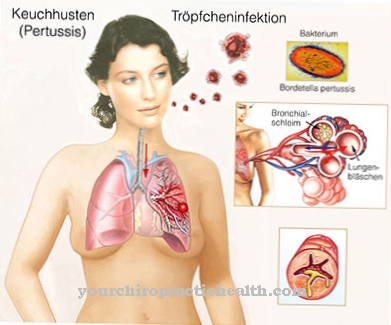
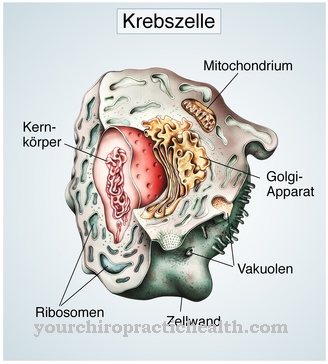
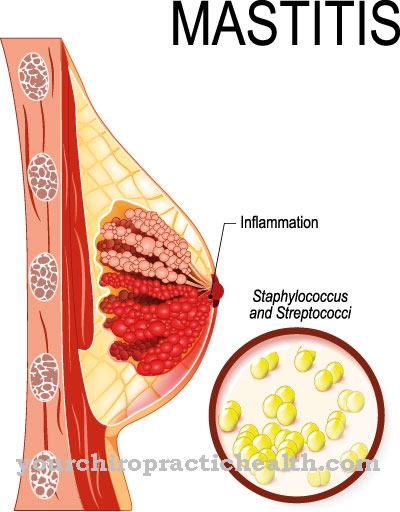


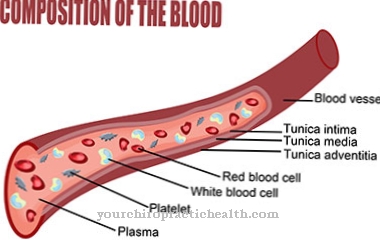






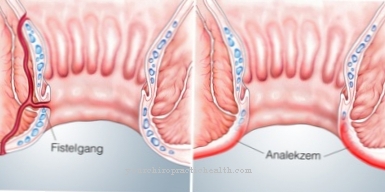

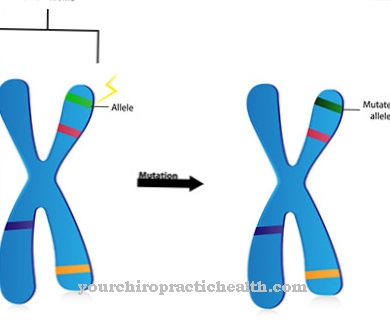
.jpg)



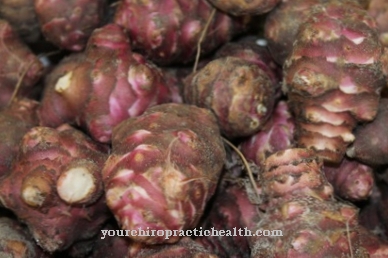
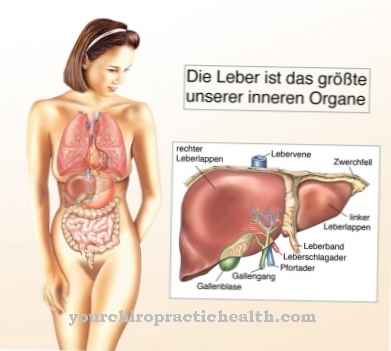

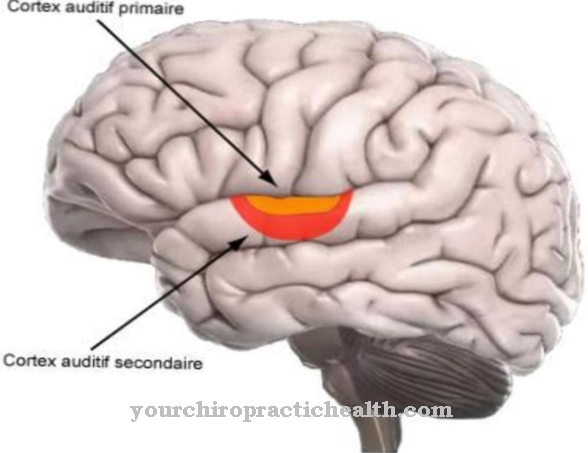
.jpg)


